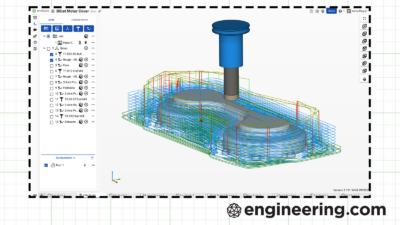Telit Cinterion IoT Platforms’ Bill Dykas on the challenge of connectivity in legacy equipment.
As the pace of technological change accelerates, keeping up is becoming increasingly difficult. Whether it’s the operating systems on our laptops, new versions of our smart phones, or the new and unfamiliar features of a new car, change is inevitable. For manufacturers, each new generation of production equipment is smarter than the last, and that added capability means more information generated by each machine, at a faster rate.
A major promise of the Internet of Things is the ability to keep control of multiple machines in a production line or plantwide, frequently with multiple pieces of equipment from different manufacturers, often running different software, all under the control of manufacturing engineers who must make sense of the data and turn it into actionable insight. Older, legacy equipment can be retrofitted in most cases with IoT capability. How can users of older, legacy equipment integrate new machines into existing production processes without creating chaos?
Jim Anderton spoke with Bill Dykas, product manager for Telit IoT Platforms on connecting old and new equipment in the age of the Internet of Things.
* * *
Access all episodes of The Primary Loop on engineering.com TV along with all of our other series.



